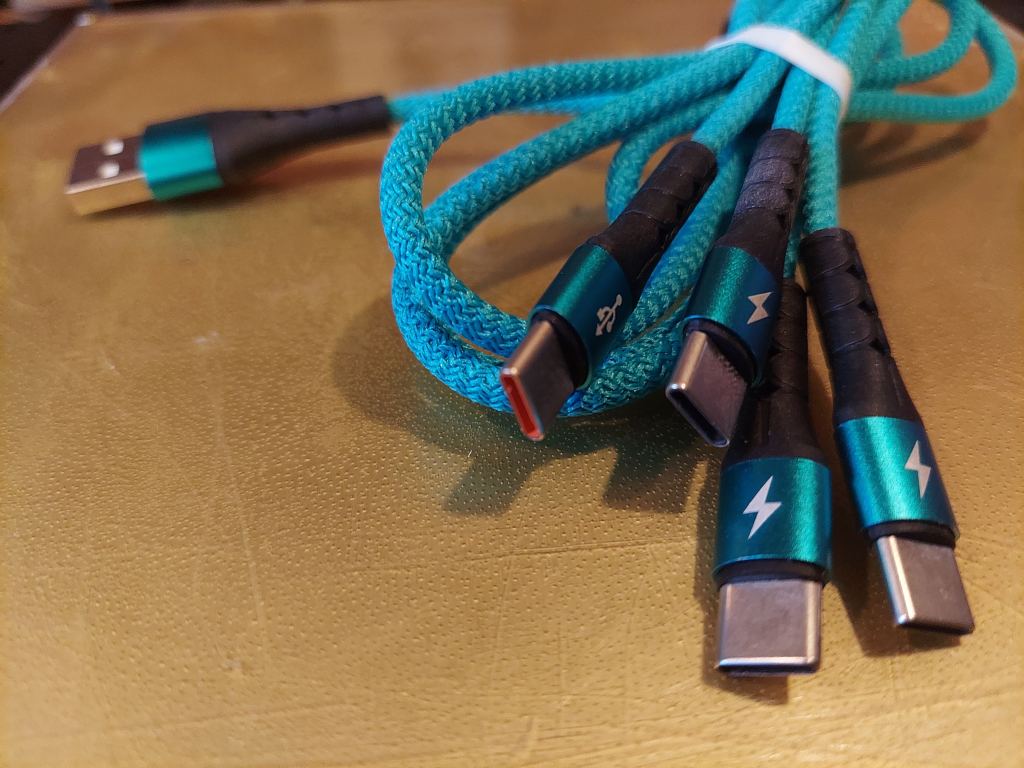Large Language Models (LLMs) such as ChatGPT are dramatically changing how many information tasks (notably, writing code) are done. Thus far, these models have generally required extremely powerful servers, running multiple H200 tensor core processors, sometimes with hundreds of gigabytes of available memory.
Recently, though, there has been a good deal of success in paring these huge models down to a size where modern home PC workstations (or apparently, even a modern Raspberry Pi!) can run them. In just a few minutes, I was able to download “Ollama” server software for Meta’s “Llama” LLM models, select a model to try, and host it locally on my PC. With a little more setup (setting an environment variable to get the server to listen to the local network and not just 127.0.0.1), the Llama server was available across my local network — and I was able to chat with it via a Llama client app for my Android phone.
As a test, I asked the first model I tried (Llama 3.1) to write an article for this blog, describing how to set up a similar Llama server. Oddly, it insisted that it could not help with this, since Meta’s LLM models are not intended to run on home servers. (It even stuck to its guns after I pointed out that it was, in fact, running on my main home PC workstation, Scientia.)
So I loaded up Llama 3.2 (a smaller but newer model), and gave it the same request.
Here’s the response I got — pasted directly from the text file I used to save it.
Setting Up Your Own LLaMA LLM Server: A Step-by-Step Guide
The Llama Large Language Model (LLM) has revolutionized the field of natural language processing, enabling rapid advancements in areas such as conversational AI, text generation, and more. While access to pre-trained LLaMA models can be limited, setting up your own server at home can provide unparalleled flexibility and control over the model’s configuration.
Hardware Requirements
Before embarking on this project, it’s essential to understand the hardware requirements for popular LLaMA model sizes:
- Small: 8-16 GB RAM, NVIDIA Tesla V100 or A100 GPU (optional)
- Medium: 32-64 GB RAM, NVIDIA A100 GPU
- Large: 128-256 GB RAM, multiple NVIDIA A100 GPUs
- Huge: 512-1024 GB RAM, multiple high-end NVIDIA A100 GPUs
For a home setup, it’s recommended to start with the Small or Medium model sizes. This will allow you to test and refine your LLaMA server without incurring significant hardware costs.
Setup and Configuration
To set up your own LLaMA LLM server at home, follow these steps:
- Choose a Hardware Platform: Select a suitable platform for your server, such as:
- Raspberry Pi (for small models)
- NVIDIA Tesla V100 or A100 GPU-based servers (for medium to large models)
- High-end desktops or workstations
- Install the Required Software:
- Install the PyTorch library and its dependencies.
- Configure your system’s network settings for optimal performance.
- Download the LLaMA Model: Use the official Hugging Face repository to download the desired LLaMA model size.
- Prepare the Dataset: Prepare a suitable dataset for fine-tuning the LLaMA model, such as a large text corpus or a custom dataset of your choice.
- Configure the Training Script: Write a training script using PyTorch and customize it to suit your needs. You can use the official Hugging Face LLaMA training script as a starting point.
Tips and Considerations
- Power Consumption: Be mindful of power consumption when choosing hardware, especially for larger model sizes.
- Memory and Storage: Ensure sufficient memory (RAM) and storage to accommodate the LLaMA model and your dataset.
- Cooling Systems: If using high-end GPUs, consider investing in a reliable cooling system to prevent overheating.
Conclusion
Setting up your own LLaMA LLM server at home can be a rewarding experience for AI enthusiasts and researchers. By following these steps and considering the typical hardware requirements, you can create a custom setup that suits your needs. Remember to carefully evaluate power consumption, memory, and storage requirements to ensure optimal performance.
Despite what it claims about the availability of trained models, this was produced by an as-downloaded copy of Llama 3.2 without any additional local training or prompt engineering. Not bad, for a free, relatively easy-to-use model that I can run on existing hardware and have as a local resource. I think I’ll still keep my GPT subscription, but it’s definitely impressive to be able to host your own LLM at home. (And the responses are fast — much faster than I’ve seen even with quick cloud-hosted models like GPT-4 Turbo.)
I love living in the future!



